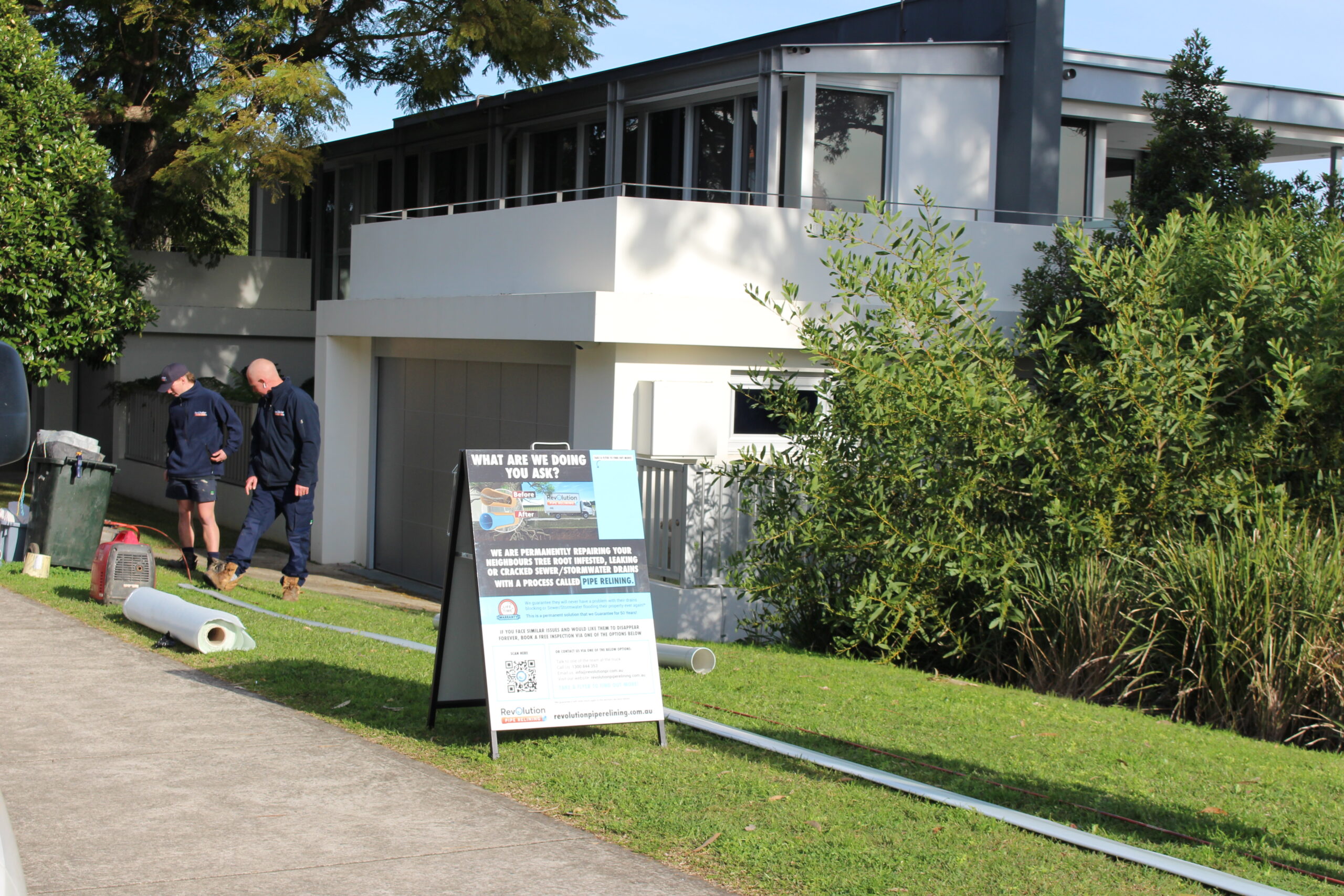
30 Oct Cast Iron Pipe Relining Basics: Everything You Need to Know
For anyone who doesn’t know, cast iron pipe relining is the process of rehabilitating an old or damaged pipeline without having to dig it up and replace it entirely. This trenchless method is not only less disruptive, but it’s also more cost-effective and can extend the lifespan of your sewer or drain line by years.
‘In this blog post, we’ll cover everything you need to know about cast iron pipe relining services, from the benefits of using cast iron for your drains and sewer lines to the causes of common pipeline issues.
We’ll also provide a step-by-step overview of the pipe relining process so that you know what to expect if you ever need to get your sewer or drain line repaired.
The Benefits of North Shore Cast Iron Pipe Relining
Cast iron is one of the most durable materials used in sewer and drain lines. It’s resistant to corrosion from sewage and ground water, and it can withstand temperatures as high as 1,000 degrees Fahrenheit. Cast iron pipe relining can restore the structural integrity of pipelines that have been damaged by corrosion, root intrusion, or ground movement. It can also be used to repair pinhole leaks, cracks, and breaks in the pipe.
One of the major selling points of pipeline relining services in North Shore is that it is less disruptive than traditional methods of sewer and drain repair because it doesn’t require excavating the entire pipeline. This means that you won’t have to deal with the mess and disruption caused by digging up your yard or driveway.
Cast iron pipe relining is also more affordable than replacement because it doesn’t require purchasing new materials or renting equipment. The only thing you need for pipe relining is a patch of land large enough to accommodate the equipment required for the job. The average cast iron pipe relining cost will depend on various factors, including the length of the pipe that needs to be relined, the type of epoxy resin used, the severity of damages, to name a few.
The Process of Relining Cast Iron Drains and Sewer Lines in North Shore
There are four steps involved in cast iron pipe relining: cleaning, inspection, repair, and protection. The first step is to clean out the existing pipeline using a hydrojetter or electric eel. This will remove any debris that could clog up the new liner. Next, a CCTV camera will be inserted into the pipeline so that our team can inspect it for damage.
Once the damage has been assessed, a pipeline relining contractor will begin repairing it by installing a new liner into the pipeline. The final step is to protect the new liner from damage by installing a grout plug at each end of the liner. This will ensure that your new liner lasts for years to come.
Causes of Drain and Sewer Line Issues Requiring Pipeline Relining
There are many different factors that can contribute to drain and sewer line issues. Some common causes include:
- Corrosion
Over time, corrosion will cause pipes to weaken and eventually fail. Additionally, corrosion can create holes in pipes that allow water and sewage to leak out into your yard or foundation.
- Root Intrusion
Tree roots are a common cause of sewer line problems. When trees are thirsty, their roots will search for water anywhere they can find it, including in sewer lines. Roots can enter through small cracks or holes in the pipe, and as they grow larger, they can block drains and cause pipes to collapse. This can lead to costly repairs and may even require the entire sewer line to be replaced. In some cases, tree removal may be necessary to prevent continued damage. Homeowners should be aware of the potential for tree root problems and take steps to protect their sewer lines from damage.
- Ground Movement
Soil movement caused by earthquakes or other geological activity can damage underground pipelines. This is because the movement of the soil can cause the pipeline to break, which can lead to leaks or other problems. In addition, the soil movement can also cause the pipeline to become blocked, which can prevent flow or create pressure differentials that can damage the pipeline. As a result, it is important to monitor for soil movement in areas where pipelines are present, and to take steps to protect the pipelines from this damage.
- Improper Installation
One of the most important aspects of a properly functioning home is a well-designed and installed drainage system. This is what ensures that water is properly directed away from the foundation of the house and into the sewer system. Poorly designed or installed drains and sewer pipelines are much more likely to experience problems such as leaks, blockages, and collapses. This can lead to serious damage to the house, as well as health hazards from sewage contamination.
If you’re experiencing any problems with your sewer or drain line, don’t hesitate to contact professional cast iron pipe relining contractors. It is imperative to choose a reputable professional that can offer 24/7 emergency service so that you never have to wait around for help when you need it most.
If you’re experiencing problems with your sewer or drain line, don’t hesitate to contact our team at Revolution Pipe relining. With more than forty years of expertise in the plumbing industry, you can feel confident knowing that your PVC drains and sewer lines are in good hands. For additional enquiries, or you wish to request a no-obligation quote, call our direct line on 1300 844 353 today.

No Comments